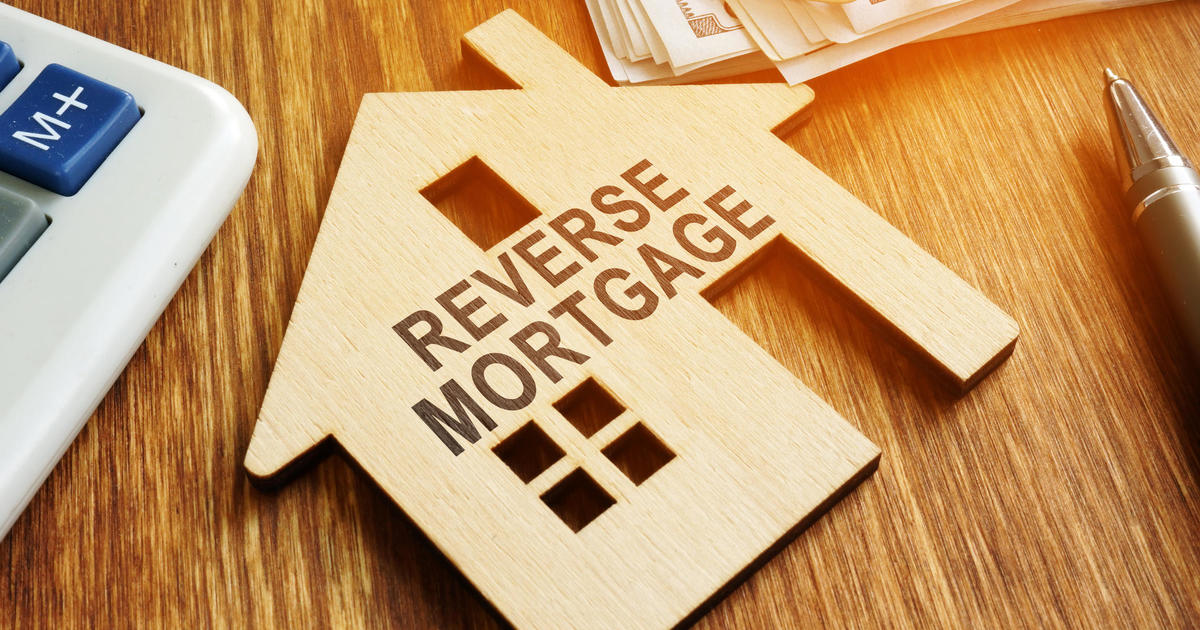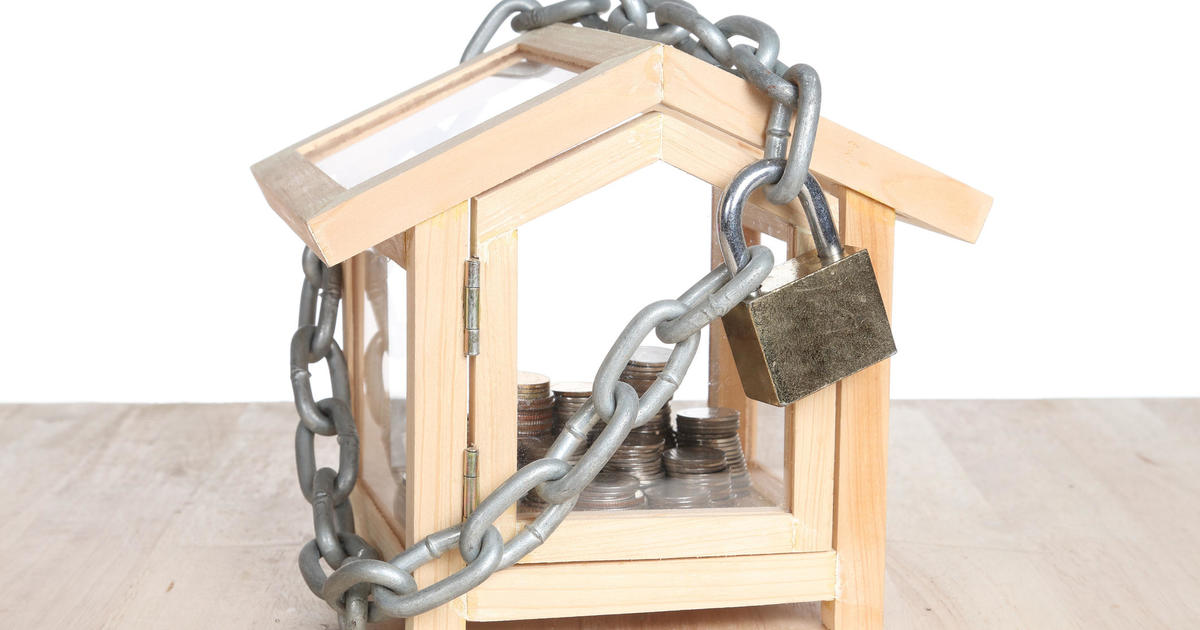What is private mortgage insurance?
If you plan to take out a mortgage loan, one potential cost you could encounter is private mortgage insurance (PMI).
PMI is a type of insurance coverage that a mortgage lender may require in order to protect itself from any potential losses in the event that a homeowner defaults on their home loan.
Before you worry about PMI, make sure you crunch the numbers to see what you can afford. Can you afford to put down 20 percent or more? What kind of rates do you qualify for? Click on your state below to get expert advice based on your location.
Here's a look at what private mortgage insurance is, who's responsible for buying it and the coverage it offers.
When is a PMI required?
A PMI may be required if you have a conventional loan and put less than 20 percent down on a home or refinance your mortgage loan and leave less than 20 percent equity remaining in the property, according to the Consumer Financial Protection Bureau (CFPB).
Are you a potential homebuyer looking to take out a new home loan? Then you'll want to know what to expect. Talk to a mortgage expert to better understand if you'll need PMI based on your current finances.
A home loan with a smaller down payment represents a bigger risk for lenders, as there is less established home equity. With the security of PMI, though, a lender may find it easier to accept a higher-risk borrower. PMI does not protect the buyer in any way. Unlike a homeowners insurance policy, it offers no coverage on your property if there is damage or loss.
On average, PMI costs anywhere between 0.2 percent and 2 percent of your total loan amount annually. However, this can vary based on the lender, location, loan details, or even credit score.
PMI isn't included on government-backed mortgages like an FHA loan or a VA loan. These mortgage programs have their own types of coverage and related costs that may be required, such as mortgage premium insurance (MPI) that is paid both monthly and at closing.
4 types of PMI
Putting 20 percent down on a conventional loan is no longer a standard requirement. However, if you make a smaller down payment, your mortgage lender may require you to purchase PMI in exchange which could cost you in the long run.
This coverage, which is purchased at your expense and typically paid as a monthly premium, protects your lender if you default on your mortgage loan until enough equity is established in the property. PMI can be removed once that equity is built up or if the property's market value increases.
There are a few different forms of private mortgage insurance, which determine how the policy is paid for and by whom.
1. Borrower-paid mortgage insurance (BPMI)
This is the most common type of PMI and requires the borrower to pay a mortgage insurance premium for the duration of the PMI requirement. These premiums are usually rolled into the monthly mortgage payment but can also be paid separately in most cases.
Once your PMI requirement is canceled - whether you refinance the home or reach the required equity threshold - this monthly payment will drop off.
2. Single-premium mortgage insurance (SPMI)
With single-premium mortgage insurance, you will pay for your coverage in one lump sum. The policy will continue to protect your lender until your requirement drops off, but you won't be responsible for paying premiums each month.
This type of PMI involves a higher upfront cost but results in a lower monthly mortgage payment. However, if you are able to get PMI removed earlier than expected (either due to a market shift or by refinancing your home) those prepaid premiums will be lost.
3. Split-premium mortgage insurance
As the name implies, split-premium mortgage insurance allows you to split up your PMI costs. You'll pay a portion of your premiums upfront, at closing. The other portion will be spread out into monthly premiums, and usually rolled into your mortgage payment. This results in a higher upfront cost, but lower ongoing monthly costs.
4. Lender-paid mortgage insurance (LMPI)
With lender-paid mortgage insurance, your mortgage lender will foot the bill for the policy. This can reduce your monthly payments and your upfront mortgage costs, but it comes at a price: most lenders will charge a higher mortgage interest rate in exchange. This can increase your total cost over the life of the loan, especially if you plan to remain in the home for a long time.
How to get rid of PMI
You can contact your mortgage lender once your loan repayment hits the 20 percent equity threshold. While your lender isn't legally required to remove PMI at this point, they do have to remove it once your home loan hits 22 percent equity.
You can also contact your lender to ask about removing PMI if your home's value has increased substantially since you bought it. If your lender is willing to remove the PMI requirement in this circumstance, they may require you to obtain a new home appraisal.
You may also be able to refinance your mortgage loan to remove PMI if your property value has increased since you purchased the home. Just keep in mind that there are added costs involved with refinancing, so make sure to carefully calculate your potential long-term savings.




